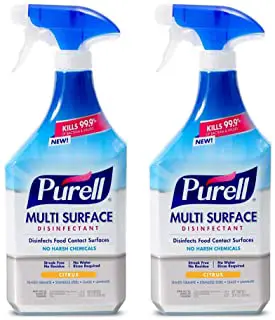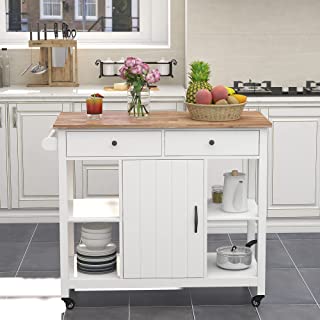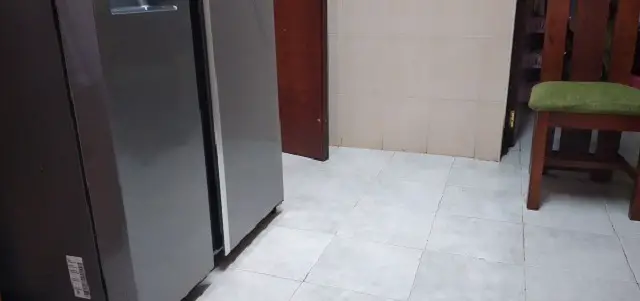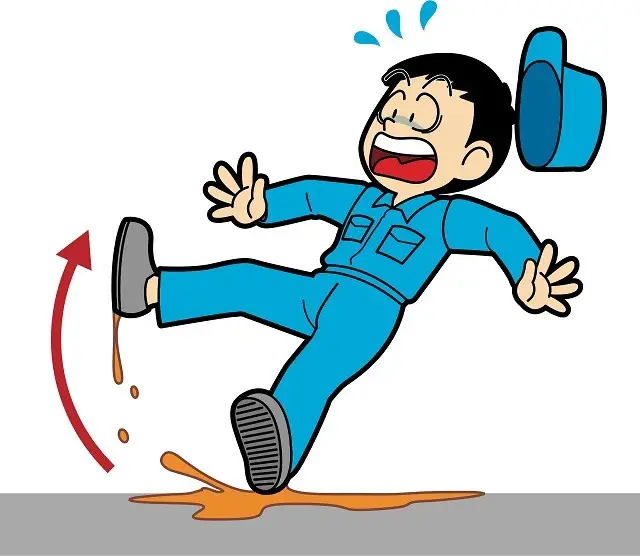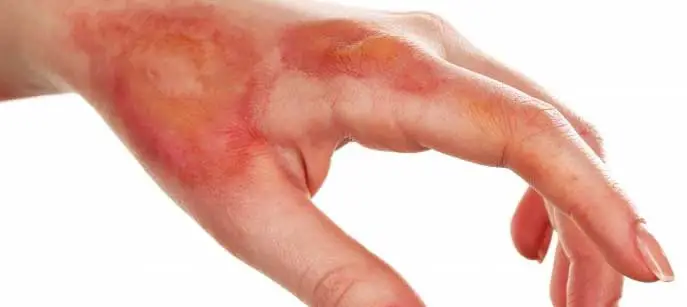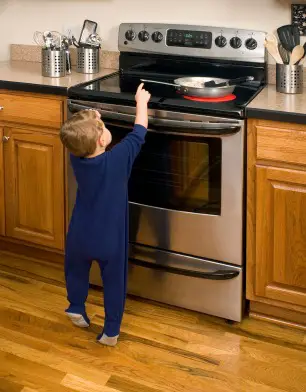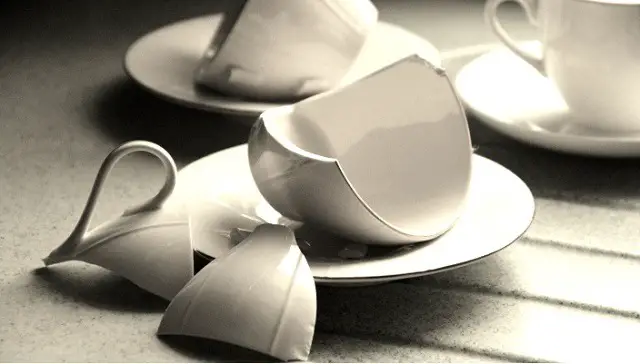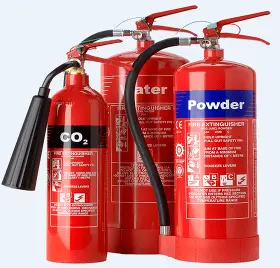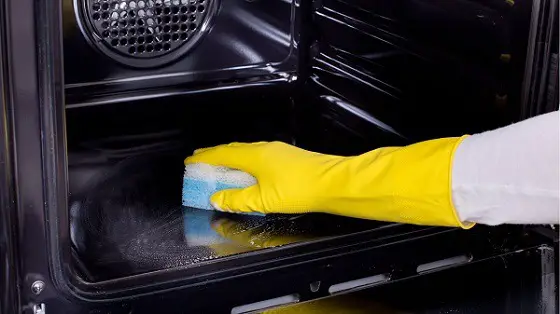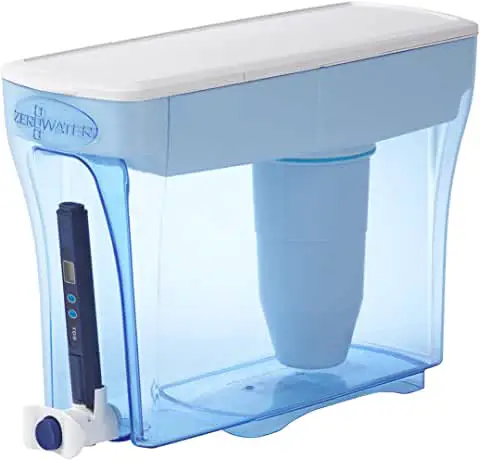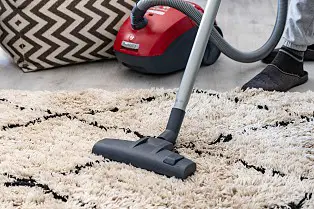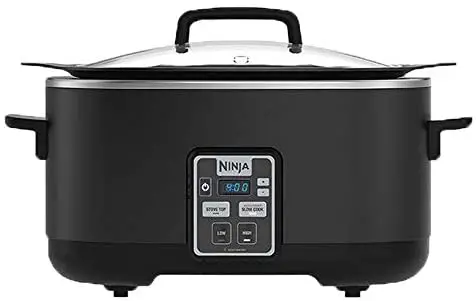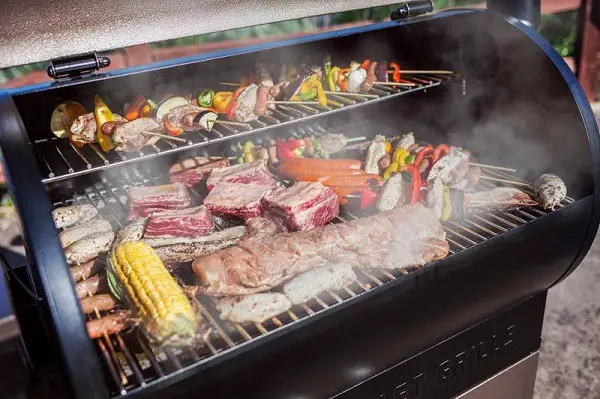16 Common Kitchen Hazards
16 Common Kitchen Hazards Usually, the kitchen is, without a doubt, the most hazardous space in a home. Hot surfaces, sharp utensils, powerful appliances and heavy pots are all found in the kitchen. If you don’t take the right safety measures when working around these items, then hazards are prone to take place. Good sense is often enough for protecting homeowners, their kids and their visitors from any hazard that might arise in the kitchen. By keeping counters and sinks clean, safe storage of items, keeping an eye on hot surfaces, and turning cookware handles inward when preparing food, you will prevent kitchen hazards. Common Kitchen Hazards Here are some common kitchen hazards you most likely have in your house right now: Overloading circuits Plugging lots of kitchen appliances into a single outlet will result in a catastrophe. Overloaded electric circuits can cause an inferno and also destroy your appliances. Small kitchen appliances like toasters, blenders, crock pots and food processors may be fire hazards if you leave them plugged in. Make sure you unplug the appliances when you’re not using them. Loose hair and clothes Long hair, long sleeves and loose clothing can be hazardous in your kitchen. Tie up long hair, tie the apron tight, and roll up sleeves before you cook. Also be careful with other loose clothes like curtains, sheers and draperies within your kitchen. These can easily catch fire, especially if are usually blown by the wind and are situated near a source of fire. Flammable materials near the stove tops Don’t place flammables near your stove top; even if it is on. You should place food boxes, pot holders, dishcloths, wooden utensils, even paper towels away from your stove top. Be careful with dishcloths during the cooking process as these can catch fire as you are holding your pots and pans. The resulting fire may cause burns or even extend to an even bigger fire depending on the fuels around. Kids in your kitchen Most of the time, babysitters and mothers will often work in the kitchen and keep an eye on their kids at the same time. In this situation, negligence can result in a disaster. One great safety measure you can apply is install a close by playpen where the kids stay within your eyesight, but far from kitchen hazards. Do not over rely on your ability to multitask; it only requires taking your attention from your baby for a few seconds for hazards to kick in. If setting up a playpen isn’t your choice, then safeguard your children by getting rid of tablecloths, storing heavy things securely and keeping knives and other sharp items away. Use child locks to secure cabinets and unplug kitchen appliances when not using. Block your sockets to ensure children do not insert sharp objects into them. Household chemicals Most families keep cleaning products and household chemicals beneath the sink. This is hazardous, as kids may easily reach these household chemicals. Most of these chemicals can be …


